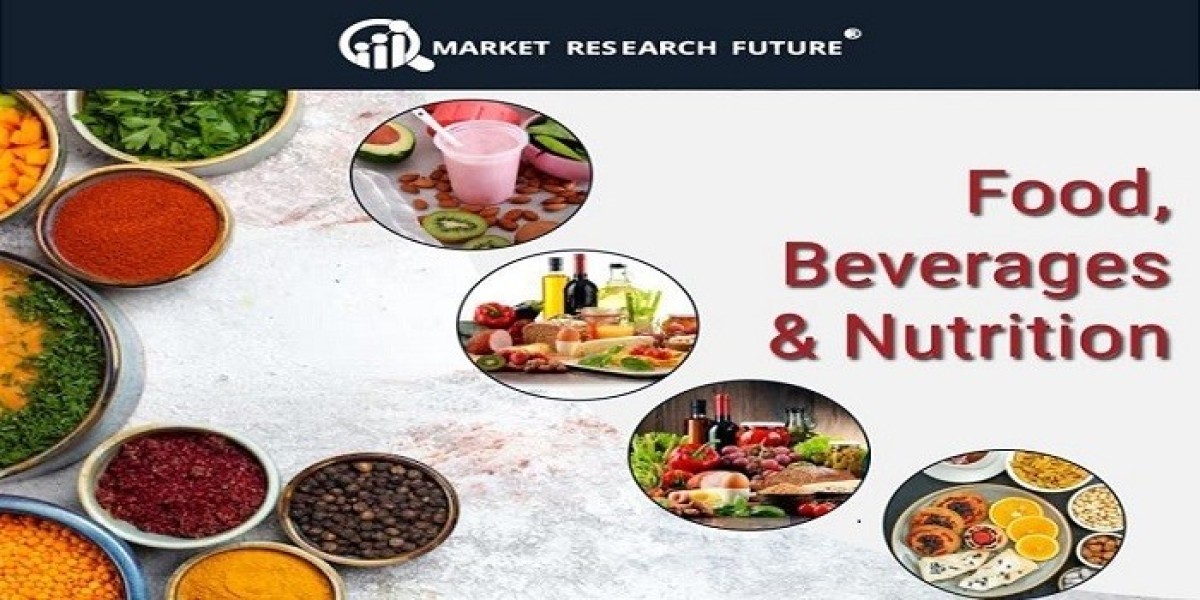One of the most compelling features of the papain market is its broad application spectrum. While the food & beverage arena remains a large chunk, other applications are increasingly important.
Food & Beverage usage
Papain is widely used as a meat tenderiser, protein-hydrolysing enzyme, and in beverage/juice clarification. Its natural origin appeals to manufacturers moving toward cleaner labels.
For example, processed food producers increasingly adopt plant-based enzymes like papain for texture improvement and functional food formulations.
Pharmaceutical and Nutraceutical segment
Papain’s proteolytic (protein-breaking) and anti-inflammatory properties make it useful in wound debridement, digestive aid supplements and dermatological treatments.
Cosmetics & Personal Care
Papain holds potential as a natural exfoliant, skin renewal agent and ingredient in spa/beauty products. As clean-beauty and plant-derived active ingredients surge, papain’s role continues to expand.
Industrial, Textile & Other Uses
Beyond food and health, papain also finds use in textile degumming, leather processing and other industrial applications where protease activity matters. While smaller in value, these segments broaden market scope.
Why application diversity matters
Risk mitigation: If one end-use segment slows, others may maintain growth.
Premium positioning: Cosmetic or pharmaceutical grade papain can command higher margins.
Innovation drivers: Cross-industry use paves the way for novel formulations and product extension.
Strategic recommendations
Develop application-specific variants: e.g., food-grade powder, cosmetic-grade liquid, pharma-grade encapsulated enzyme.
Collaborate across sectors: Enzyme producers should partner with food processors, cosmetic formulators or textile finishers to tailor applications.
Emphasize end-user benefits: When marketing to food processors talk about meat-tenderizing efficiency; for cosmetics highlight gentle exfoliation, natural actives.
Invest in regulatory compliance for sectors requiring higher purity standards (pharmaceuticals, cosmetics) and assure traceability.
Conclusion
Papain’s multi-industry footprint is one of its strongest attributes. Market participants who understand the distinct requirements of food, pharma, cosmetic and industrial sectors — and tailor their enzyme variants and marketing accordingly — will unlock greater value and growth.






